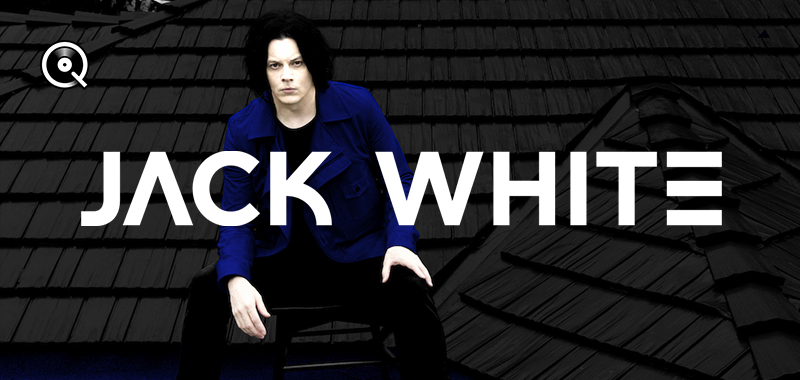As the millennium opened, rock was wallowing in a pool of its own computerised excesses. But, thank the Lord, former taxidermist Jack White would soon be on hand to stitch it back together. Restorations of antiques, or a dash of rock for bruised blues, White preached and converted, in order to get back to the basics.
Detroit, Michigan, depleted and half dead, had raised some of the greats of the 20th century. The Stooges, MC5 ou Alice Cooper Jack White. And what unites them is a dirty, uncompromising fury. When he met Meg White at the Memphis Smoke on Royal Oak, John Gillis was just another Motor City reject. After five years as a drummer, he was labouring away for The GO and The Upholsterer. Upholsterer, because that was Jack's job. It was morbid work. He'd restore ancient furniture, give it a second shot at life. His boss, Brian Muldoon, was a family friend. The pair were addicts for two things, Blues and punk. Things were going well: young Jack's house was bursting with music: from Nat King Cole to pop to the heavy metal of the 70s, stepping over punk entirely. Their jam sessions threw blues, garage and twitchy punk at each other, and produced singles which they would later hide like Easter eggs, stitched into the backs of sofas, chairs and other outmoded quadrupeds. Somewhere in this well-beaten mixture, The White Stripes sound started to take shape.
Writing a new chapter in the history of blues and folk
At the end of the 1990s, rock was lacking: hip-hop and electro had the streets to themselves. And then rock got a second wind. Radiohead starterd eyeing up electro, and The Red Hot Chili Peppers did the same with funk. As for blues, there was no end to the fall. Poor-quality imitations, jeans, t-shirts, stratocasters, moth-eaten bars. Nothing exciting. Electronics dominated the chessboard: the purist Jack tipped it over. He wanted to resuscitate blues. One night, Meg who married Jack and gave him her name, agreed to accompany him on the drums. She had never picked up a drumstick before, and she played like a kid. But for Jack, juvenile was just another word for real, primal, pure, authentic, perfect. He forbade her from taking any lessons at all. He kept the steady, untiring beat of The White Stripes. But exorcising the black origins of the music for the sake of sales to white kids in Michigan was a pretty good way of coming off like a pair of jerks. He had in mind the perfect look for ruffling some blues feathers: the one that he saw every day in his antediluvian yellow, black and white shop front. The White Stripes would wear red and white (sometimes black) stripes, like old hard boiled sweets. An ancient flavour, harking back to the depths of blues, and finding poetry in its rigour: three-chord progressions and an unwavering simplicity. They had to exude confidence in what they were doing. De Stijl, a Dutch artistic movement with a minimalist manifesto, would supply the look for their second album. They almost fell at the first hurdle. The kids just didn't get it, embodied by the album cover which was inspired by Gerrit Rietveld, which drew a lot of criticism. Even Clapton didn't believe it...
Create a free account to keep reading


